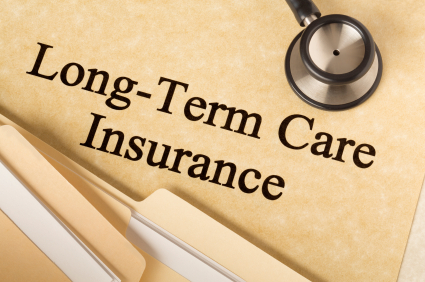You’ve probably heard of “credit insurance,” but it was not really clear what the term meant. Technically speaking, credit insurance is a coverage plan that protects the balance outstanding on a loan or credit card account. The borrower could stop paying, and it essentially becomes a bad mark on their credit report. But for the lender, the loss is immediate: no more payments.
Unfortunately, credit insurance is not sold as a product helpful to lenders. It’s marketed as one that is an advantage to customers, one that will protect them if they miss a payment or run into a financial struggle. This is not quite the truth in most cases. The customer will likely get penalized for missing a payment. The coverage instead protects the lender.
There are generally four types of credit insurance, according to the Federal Trade Commission These include:
– Credit life insurance, which covers some or all the loan balance due if the borrower happens to die before the loan is paid back.
– Credit disability insurance, providing protection if a person gets into an accident or becomes permanently disabled and loses income-earning ability.
-Involuntary unemployment insurance, not to be confused with unemployment insurance, helps pay the covered account if a person loses their job.
– Credit property insurance is for coverage of personal property that is used as collateral for a loan if it happens to be unexpectedly damaged by natural disaster, or it gets stolen or destroyed by crime.
Most people who take some time to consider what credit insurance actually is won’t buy it. According to the National Association of Insurance Commissioners , for those who find themselves considering a policy with a loan, there are some questions that should be answered first, such as:
– What are the applicable rates and monthly charges and how will they be paid, separate or with the loan payment?
– Does the loan payment first go to the policy and then to pay the loan, expanding how long it will take to pay the loan?
– What would a loan payment be without the coverage?
– Is there a delay before the coverage takes effect?
– If there is a co-borrower, what is the co-borrower’s obligation?
– Can it be cancelled once started during a loan?
– Does the coverage protect the entire loan or just part of it?
More questions can be found at www.moneytips.com for those interested.
In some cases, lenders will require credit insurance for the first part of the loan until a certain amount is paid back. Home mortgages are a common type of loan with this requirement. It goes by names such as private mortgage insurance or PMI. The purpose is to protect the lender in case a home buyer can’t pay the loan in the first year or two of the term. In most cases, the PMI goes away after the loan payments reach 20 percent of the loan, but sometimes borrowers have to follow up and request the cancellation or a lender will continue to collect.




